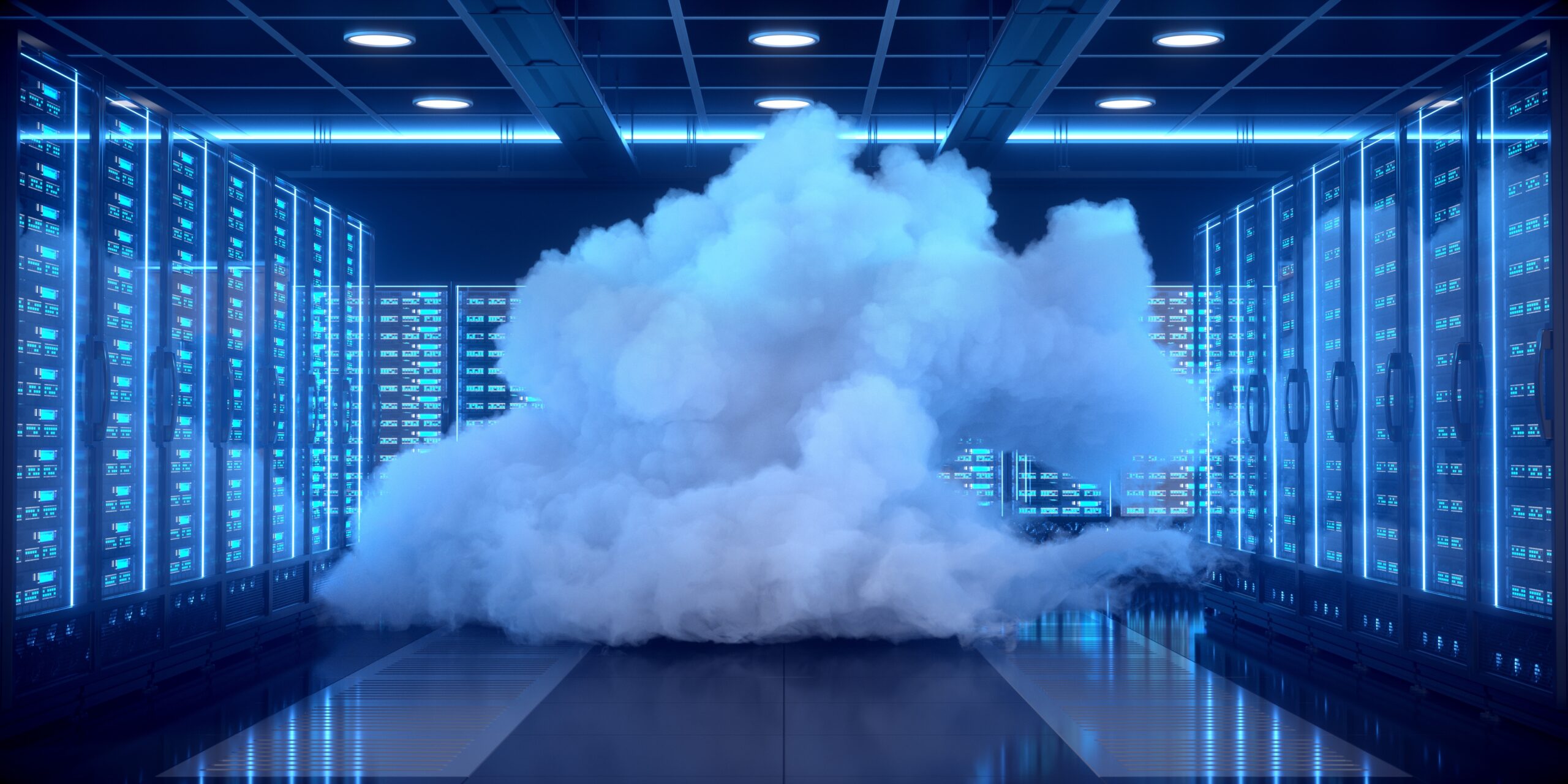
Data centers are known for their impact on the environment. They run 24/7 and exude a lot of heat. Massive warehouses full of hot technology require advanced cooling systems or an HVAC system pushed to its limit.
Data center managers and sustainability leaders no longer settle for antiquated techniques. They’re striving to develop greener and more effective strategies for data center cooling. These innovations are current, adaptable solutions that provide a singular and cooperative approach to keeping data centers regulated.
Liquid and immersion cooling
Liquid cooling is a sensible technique becoming more popular. Recent innovations make liquid cooling more eco-conscious and triumphant over its shortcomings, such as the potential for electrical concerns if water leaks and biofilm cause corrosion, decreasing efficiency. However, novel research shows experts should repurpose the natural bacterial growth in liquid cooling to repurpose it as corrosion prevention or biomass renewable energy.
Data centers must incorporate infrastructure design features that increase safety controls, mobility of cooling resources, and elementally resistant materials for machinery — which data centers must consider, regardless of whether they use liquid cooling.
Immersion is another variant of liquid cooling with a looped pipe system. Submerging tech in non-conductive fluids is a fast way to bring temperatures down and allows professionals to upgrade to legacy tech capable of handling immersion methods. Each method requires less energy and could be 4,000 times more efficient than air cooling by removing instead of displacing heat, making its effect longer-lasting.
Cold plates
Cold plates are another strategy in the liquid cooling camp. Installers individually assign plates to heat sources. The technology is small yet intricate. Direct-to-chip cooling methods allow exponential scaling.
It is essential to decrease barriers when converting to sustainable frameworks, mainly when they require an overhaul or massive upfront investment. They are compatible with other cooling methods, making them immediately integrable in a developing environmentally friendly cooling strategy.
Modular designs
Less obvious cooling solutions involve systems outside of temperature control. If data centers want to reduce the 1.5% electricity demand on the planet, they have to reduce energy consumption before attempting to become sustainable. Legacy technologies and vampire energy are rampant in data centers, requiring more energy as the machines age.
A less expensive way to keep data centers running efficiently while reducing energy use is through modular designs. Modular units use space better, allowing for more customized floor plans to delegate airflow. If units go faulty, replacing individual parts and upgrading for better heat management is more manageable as new technologies arise instead of feeling burdened to rework the entire complex.
Green IoT monitoring
IoT is an influential addition to any technological outfit, but it is particularly noteworthy if you need insight into sustainability analytics. Monitors and sensors will not make your data center greener alone, but they align priorities and distribute budgets to the highest impact areas.
For example, if water sensors detect a temperature change in the cooling system, they notify operators for immediate diagnostics. Other sensors may notice faults in raised floor tile systems and AI integration may suggest updates for more thoughtful positioning. Additionally, data centers can test multiple devices for cost-benefit analyses.
Impact investing
Corporations with money to spare must invest in companies making an impact. The best ideas in sustainable data center cooling have yet to enter the market, and too many of the world’s ideas are locked behind a lack of funding. If companies want to go green, they must support eco-conscious ideas and initiatives from idea generators and startups.
For example, a United Arab Emirates investment agency called Mubadala invested in a Canadian liquid cooling company CoolIT. The funding is an example of impact investing for a greener future. Over four funding opportunities, the agency raised $10 million to bring its sustainable vision to life.
Making data centers sustainable
Cooling data centers to have a lower carbon footprint requires more than replacing old technology. Sustainable data centers will flourish through various efforts, from practical tech upgrades to research and development. It forces data center and IT professionals to engage and collaborate with tech leaders, governments, and environmental advocates to formulate ideas with ingenuity.
